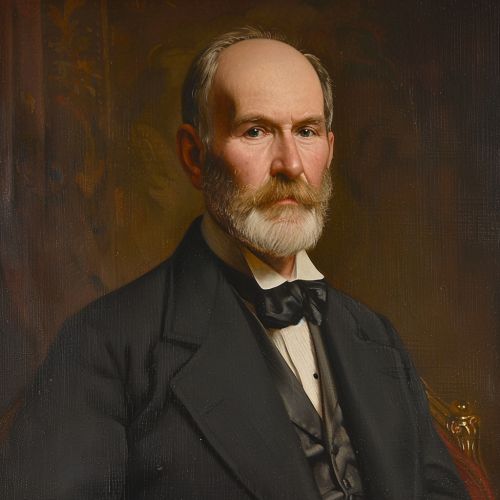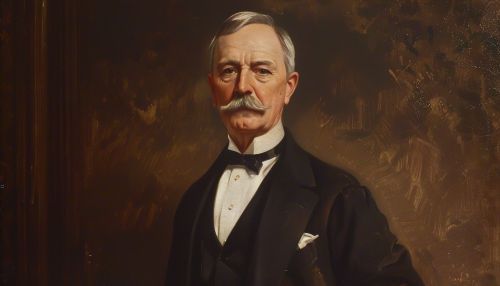Philip Sclater
Early Life and Education
Philip Lutley Sclater was born on November 4, 1829, in Tangier Park, Hampshire, England. He was the son of William Lutley Sclater and Caroline Holford. Sclater's early education took place at Twyford School, followed by Winchester College. He later attended Christ Church, Oxford, where he studied law and graduated with a Bachelor of Arts degree in 1851. His interest in natural history, particularly ornithology, was evident from a young age.
Career in Ornithology
Sclater's professional career began when he was called to the bar at Lincoln's Inn in 1855. However, his passion for ornithology soon took precedence. He became a prominent figure in the field, contributing significantly to the study of birds. In 1858, Sclater published his seminal work, "A Monograph of the Birds forming the Tanagrine Genus Calliste," which established his reputation as a leading ornithologist.
Contributions to Biogeography
One of Sclater's most notable contributions to science was his work in biogeography. In 1858, he proposed the division of the Earth's landmasses into six zoogeographical regions: the Palaearctic, Ethiopian, Indian, Australasian, Nearctic, and Neotropical regions. This classification system, known as Sclater's zoogeographical regions, remains a foundational concept in the study of biogeography.


Secretary of the Zoological Society of London
In 1860, Sclater was appointed as the Secretary of the Zoological Society of London (ZSL), a position he held for over four decades. During his tenure, he played a crucial role in the development and expansion of the society's activities, including the establishment of the Zoological Gardens in Regent's Park. Sclater's administrative skills and scientific expertise greatly contributed to the ZSL's success.
Publications and Editorial Work
Sclater was a prolific writer and editor. He authored numerous scientific papers and articles on ornithology and biogeography. His most significant editorial contribution was his work on "The Ibis," a leading ornithological journal. Sclater served as the editor of "The Ibis" from its inception in 1859 until 1912. Under his editorship, the journal became a premier publication for ornithologists worldwide.
Collaborations and Correspondence
Throughout his career, Sclater maintained extensive correspondence with other prominent scientists and explorers, including Charles Darwin, Alfred Russel Wallace, and Henry Walter Bates. These collaborations and exchanges of ideas were instrumental in advancing the field of natural history. Sclater's network of contacts extended globally, reflecting his influence and reach within the scientific community.
Legacy and Honors
Philip Sclater's contributions to ornithology and biogeography were widely recognized during his lifetime. He was elected a Fellow of the Royal Society in 1861 and received numerous honors and awards for his work. Sclater's legacy continues to be celebrated in the scientific community, with several species of birds named in his honor, including Sclater's Monal (Lophophorus sclateri) and Sclater's Antwren (Myrmotherula sclateri).
Personal Life
Sclater married Jane Anne Eliza Hunter Blair in 1862, and the couple had five children. His eldest son, William Lutley Sclater, followed in his father's footsteps and became a notable ornithologist. Philip Sclater's personal interests extended beyond ornithology; he was also an avid gardener and enjoyed cultivating rare plants.
Death
Philip Lutley Sclater passed away on June 27, 1913, in Odiham, Hampshire, England. He was buried in the churchyard of St. Lawrence's Church in Odiham. Sclater's contributions to science, particularly in ornithology and biogeography, left an enduring legacy that continues to influence these fields today.
